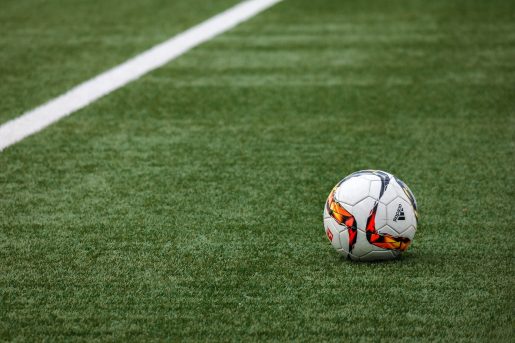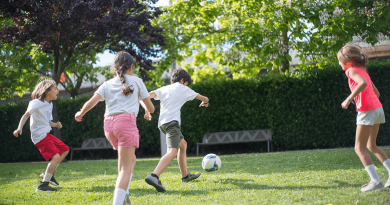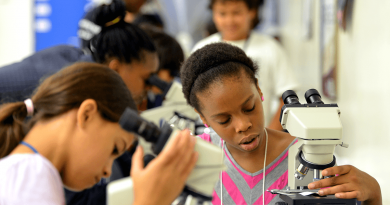Turf vs. grass: field of dreams or field of injuries?
There is an ongoing debate about whether turf or grass is safer for injury prevention in sports. While many athletes might make an argument for one side, the verdict is unclear. A Baylor College of Medicine orthopedic sports surgeon explains how turf and grass can contribute to injuries.
“This is a very nuanced debate of which one is safer. It depends on the sport and on the type of injury, so I wouldn’t say one surface is better than the other,” said Dr. Phillip Williams, assistant professor in the in the Joseph Barnhart Department of Orthopedic Surgery at Baylor.
 According to Williams, data shows that there are higher numbers of lower extremity (foot and ankle) injuries on turf, which often has to do with footwear. With turf, the surface does not give when athletes cut or pivot. If the surface doesn’t give, something has to move to avoid force transmitted to the body. Ankle and Achilles tendon injuries occur on turf more often than grass.
According to Williams, data shows that there are higher numbers of lower extremity (foot and ankle) injuries on turf, which often has to do with footwear. With turf, the surface does not give when athletes cut or pivot. If the surface doesn’t give, something has to move to avoid force transmitted to the body. Ankle and Achilles tendon injuries occur on turf more often than grass.
“Data suggests that there are more lower extremity injuries, specifically in football, on turf than natural grass,” he said. “Sometimes that gets controversial because of older generation versus new generation turf – it has changed over the years.”
While grass might be safer for football, it has a higher chance of causing knee or hip injuries, especially in sports like soccer. Grass is more friendly for sports that do not have a higher incidence of knee injuries.
Proper footwear is crucial for turf because if the wrong shoes stick to the surface, something will twist in your body, causing injury. Footwear for each surface depends on the sport. There are certain cleats meant for grass that should not be worn on turf. Turf cleats allow for release of the surface. Williams explains that equipment is more important on turf than grass due to the concept of release.
“What happens on grass is that a divot is created whenever you cut, and if there’s too much force being transmitted to the surface, the divot allows the force to exit without causing an injury,” he said “With turf, there is no divot, so instead of releasing your shoe, your foot sticks and then something in your body twists, and usually it’s your ankle. That’s why you see ankle injuries and Achilles injuries with turf.”
Wear shorter cleats that have some grip with less friction to allow you to release any force being applied on turf. He also suggests addressing aches and pains from overuse injuries (like muscle strains and tendinitis) promptly to prevent compensation and possible injury while playing.
Playing football results in ample turf-related injuries, and there is much debate surrounding the best surface for soccer. Rugby is played on grass due to the benefits of the surface on upper leg extremities.
“These are all cutting and pivoting sports. There are going to be injuries in grass versus turf, and it’s important to know these are non-contact injuries,” Williams said.
Learn more about Baylor Medicine Orthopedics and Sports Medicine services.
By Homa Warren



